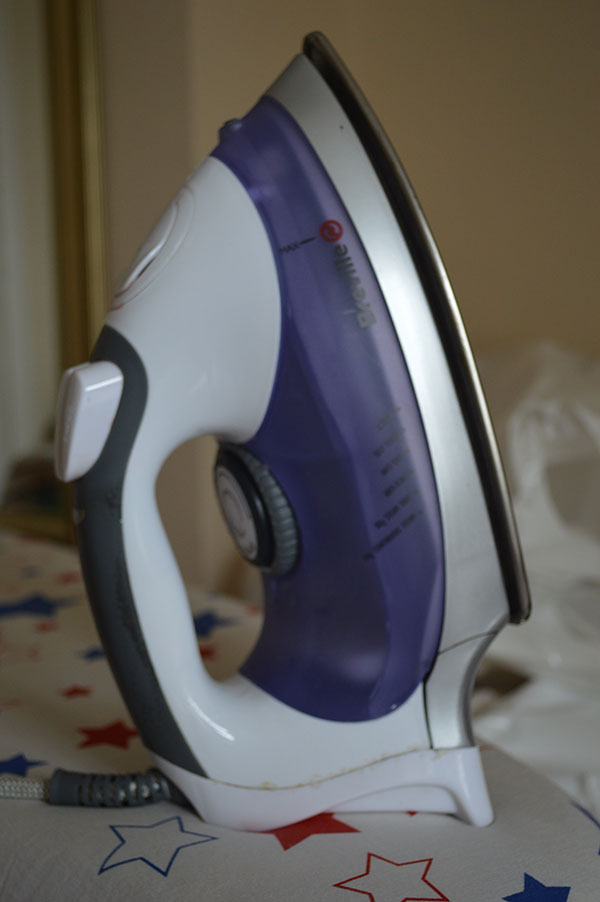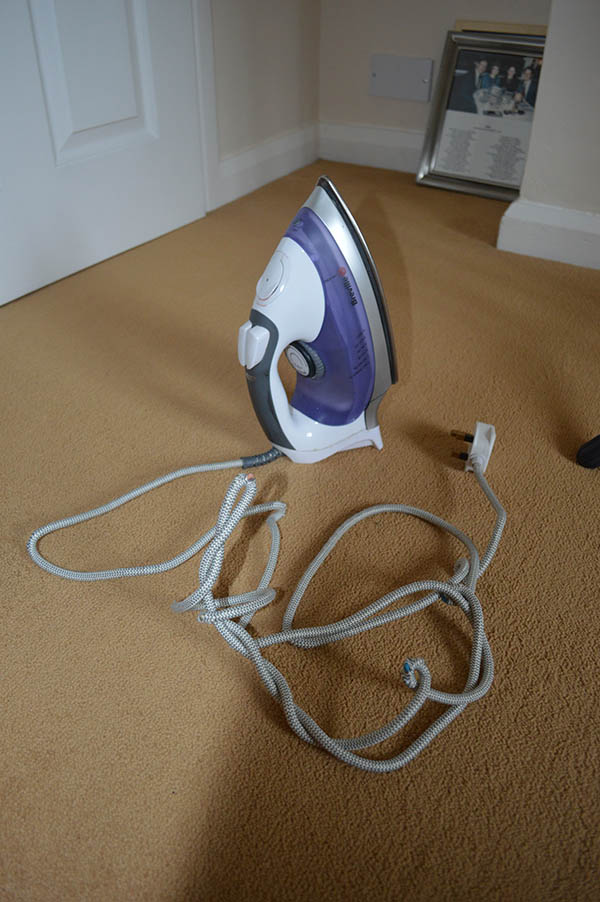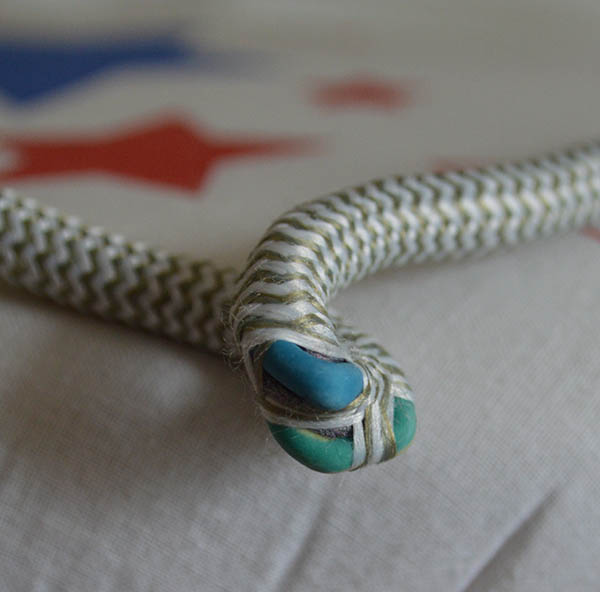Steam Irons
When materials are stretched, most of them behave at first in an elastic fashion - that is, if you stop trying to stretch them, they return exactly to their original shape. In materials science, "elastic" means "reversible". Some materials like rubber have a large amount of elasticity - others, like steel, have tiny amounts. Elasticity is an essential property of most materials and helps keep properly designed products in a safe condition.
However, if you pull them too much, they go beyond being elastic and become plastic, that is, when you stop pulling they don't return to their original shape. Instead they remain permanently out-of-shape. In materials science, this behaviour is called "plastic", and it is not reversible. It is generally most undesirable for materials to enter the plastic condition.
For many years, manufacturers of steam irons have made beautiful products (the irons) with electric cables that have very poor performance. If you take one of these cables and wind it too tightly, the forces in the cable exceed the limit of elasticity and enter the plastic region. This means that they are permanently deformed and can never again be made to open straight and without deformation. What is worse is that these irons are supplied new with the cables in the deformed condition. Soon after purchase, the sheathing on the cables becomes fractured and the electric wires (which carry high currents) are dangerously exposed. Irons in this condition are dangerous and beyond repair, even though the iron itself may be in near perfect condition.
Why do manufacturers do this? Is it perhaps because they sell more steam irons?
Look at these photos...

This is a perfectly functional steam iron from a reputable manufacturer, but...

...when you take the iron out of the box, its cable is tightly wound so that, even when new, the cable cannot ever be opened unless it is in the severely tangled state above. The cable and iron were factory-packaged with the cable in its plastic condition.
The result is that, after a short period of use...

...the cable is in a dangerous condition. The protective sheathing is broken and once the insulating cover on the wire is damaged, the iron could cause electrocution or a house fire. As if this were not bad enough, the irons are sold so that they cannot easily be given a new cable. They must be thrown away, even though the irons function perfectly.
